Logos are so much more than pretty images. They are symbols representing businesses’ identities and values. The history of logos is fascinating!
Whether we realize it or not, we constantly encounter hundreds of logos in everything such as promotional products, advertisements and websites. Logos help shape our physical and digital experiences.
Over time, many logos have evolved. But what can we learn from their historical development? Let us take a journey through time to uncover their origins, examine their components and find lessons marketers can still apply today when designing them.
What was the first logo in history?
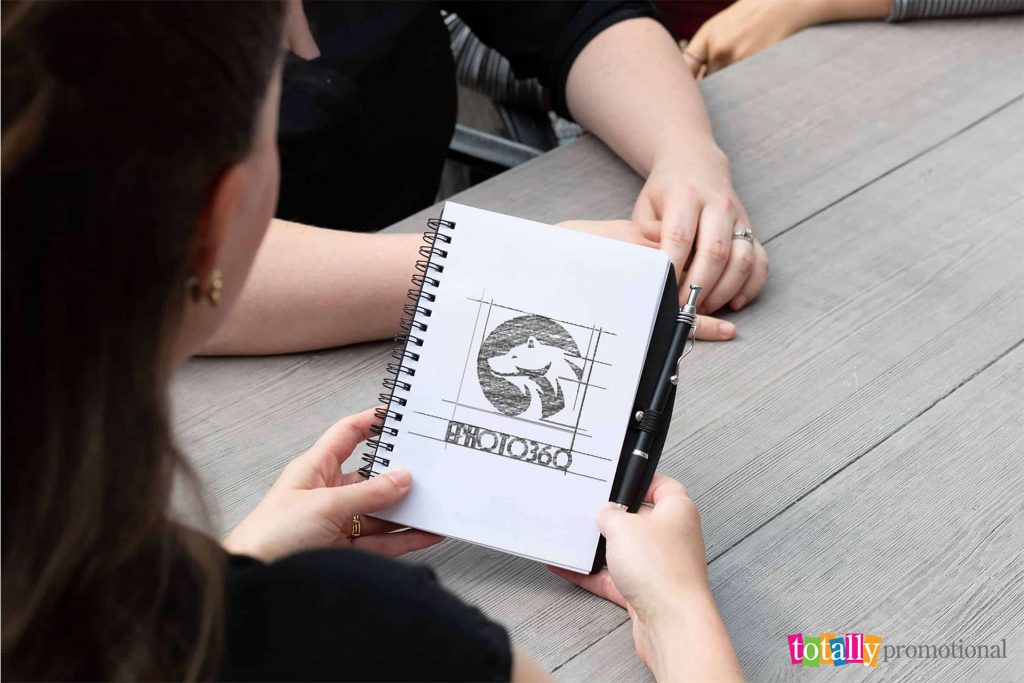
Symbols and emblems have been around since the beginning of time on architecture and goods. However, it wasn’t until 3000 B.C. that inns and shops used specific designs on their signs to identify themselves.
The oldest company logo is for the brand Stella Artois. The origin of this logo dates back to 1366 with the iconic horn from the original brewery. This commitment to keeping the same design throughout the years has made the brand stand out in logo history.
Twinings® holds the spot for the second oldest logo from 1887. The brand also has the oldest unaltered logo. The design has always included the Twinings’ name and a symbol based on the founding family’s coat of arms.
Business logos became even more popular after printing methods were invented. Companies put their designs in advertisements to gain more consumer interest, and on products to make them stand out from the competition.
Businesses still use this tried-and-true branding practice today by placing their logos on custom products. They find success by giving customers logoed items they can use for years to come!
What are the 5 elements of logos?

Here are a few things to think about when designing or updating a logo:
1. Font
Font choice is essential to any logo because it shows the personality of your business. You don’t want to choose an archaic font if you are a modern company.
Make sure you also match the type of art in your graphic elements if applicable. If your design elements have a round look, choose a rounded font and vice versa. Think how the Dominos® font matches the shapes of the domino icon.
Learn how to choose a font for all types of promotional products. We also can help you choose the best font for embroidered items.
2. Uniqueness
You want clients to exclusively think of your brand when they see your logo. A one-of-a-kind design makes your business more memorable when customers decide where to get products or services.
3. Color palette
The color choices in your logo are another opportunity to make it distinct. Think of the colors for McDonald’s® or Walmart® and how they stand out. Work with designers to use color theory to fine-tune your color selection for marketing.
4. Simplicity
Logos will be used throughout your operations in different sizes. It is crucial to ensure your logo doesn’t have too much detail since that can become muddled. Plus, a logo with a clear design is easier to pick out in a crowd!
5. Brand identity
Your logo should match the style of other aspects of your business, like your website, social channels and product packaging. Everything you use should be cohesive, so your customers immediately recognize your identity.
Also consider how your brand identity appeals to your customers. They will be more likely to use your services and return in the future if they relate to your brand.
Descriptive vs. non-descriptive logos
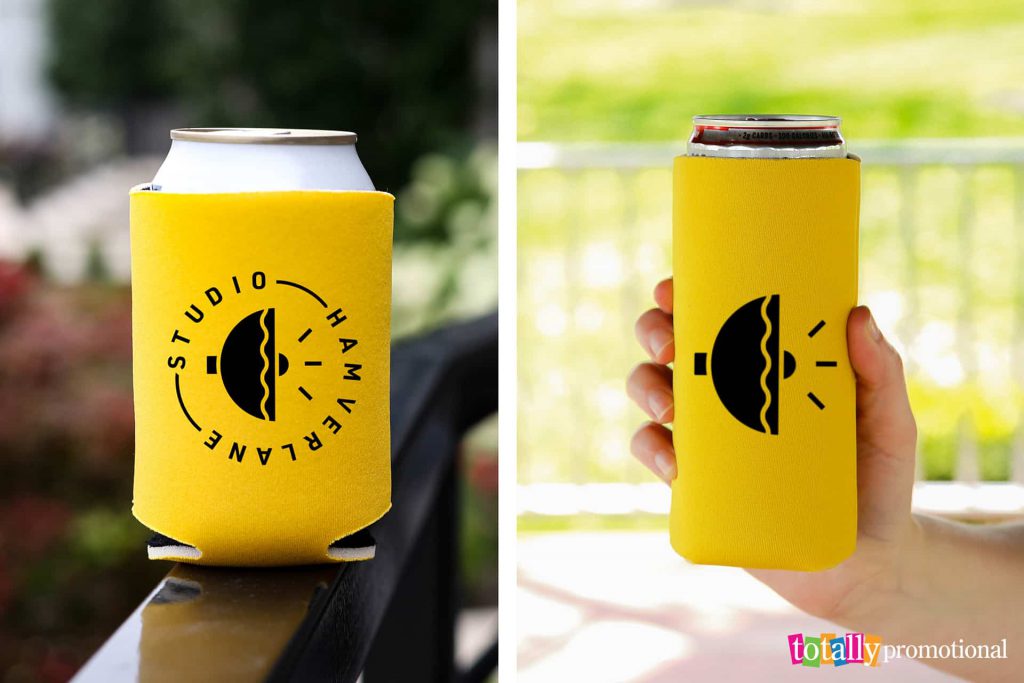
A descriptive logo has a visual element that directly represents the services of a business. For example, the Burger King® logo has a burger on it. In contrast, a non-descriptive logo has a simpler style with no hint of what the business may do.
A study found that consumers prefer descriptive logos because it makes the brand feel more authentic.
However, the type of logo you choose should depend on the type of business you operate. If your business is broader in what it offers, a non-descriptive logo will work better for you.
Examples of great logos
If you need inspiration for your logo, just look all around you! I have chosen a few that stand out for their ingenuity. Take a look:
Levi’s®
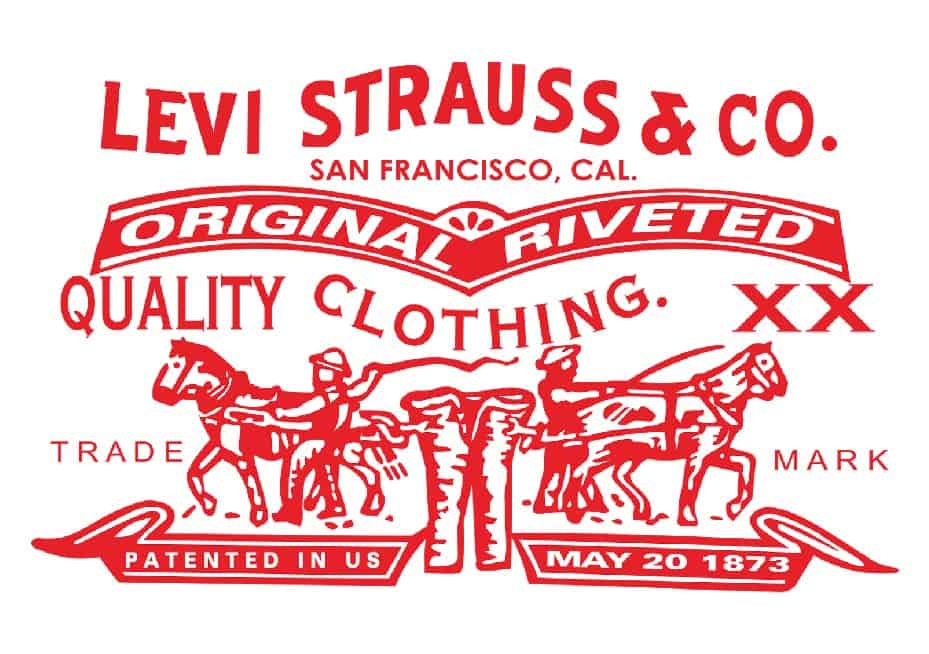
The logo for Levi’s® shows the quality you get with their products. It features two horses failing to rip a pair of their jeans.
Your logo can also be clever and represent what makes your company special.
Starbucks®
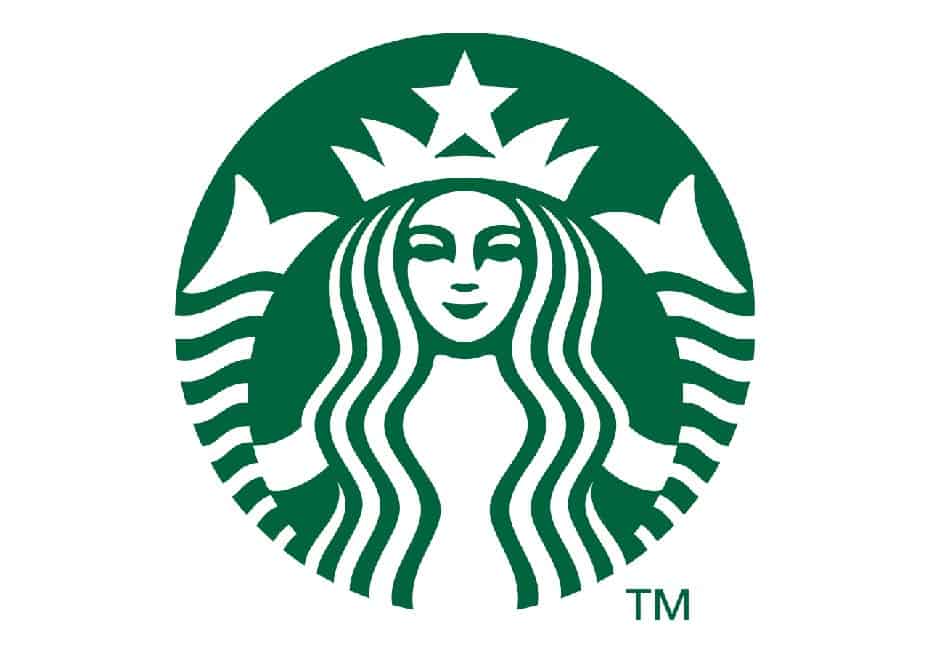
The Starbucks® logo has always featured a siren. They chose it because of the company’s beginnings in the port city of Seattle and the transportation of coffee on the sea. Through the years, the logo has become more straightforward, and the siren is now the focal point of the design.
Think outside the box for your logo idea to make it truly iconic.
Pepsi®
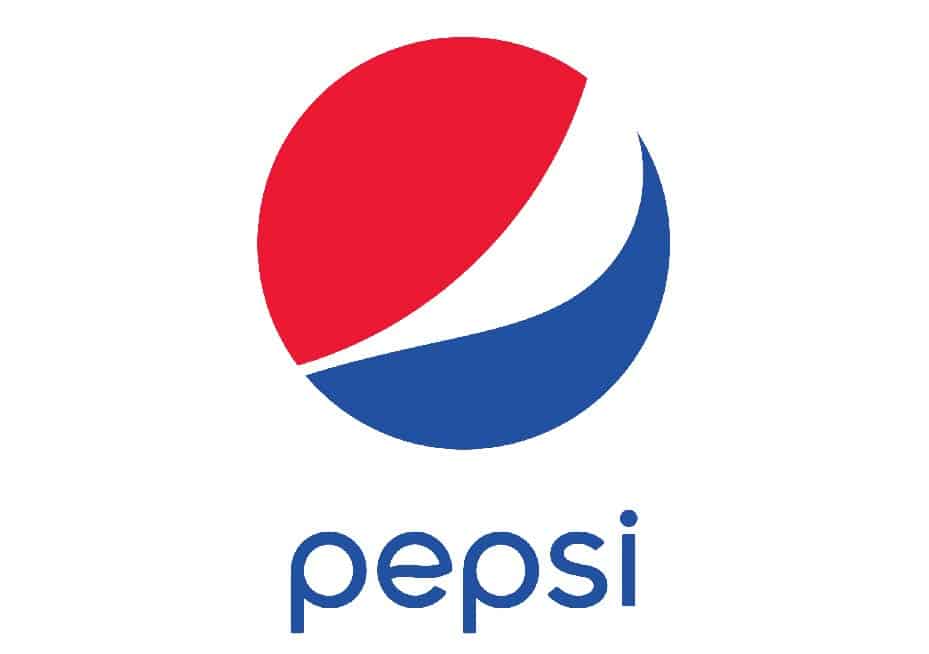
The logo for Pepsi® has gone through many changes to keep with the company’s youthful brand image. The letters have become more futuristic. What used to be a soda cap has become a globe-like icon to stand for the globalization of the company.
Be bold and adjust your logo over time if the changes match your company’s image.
Amazon®
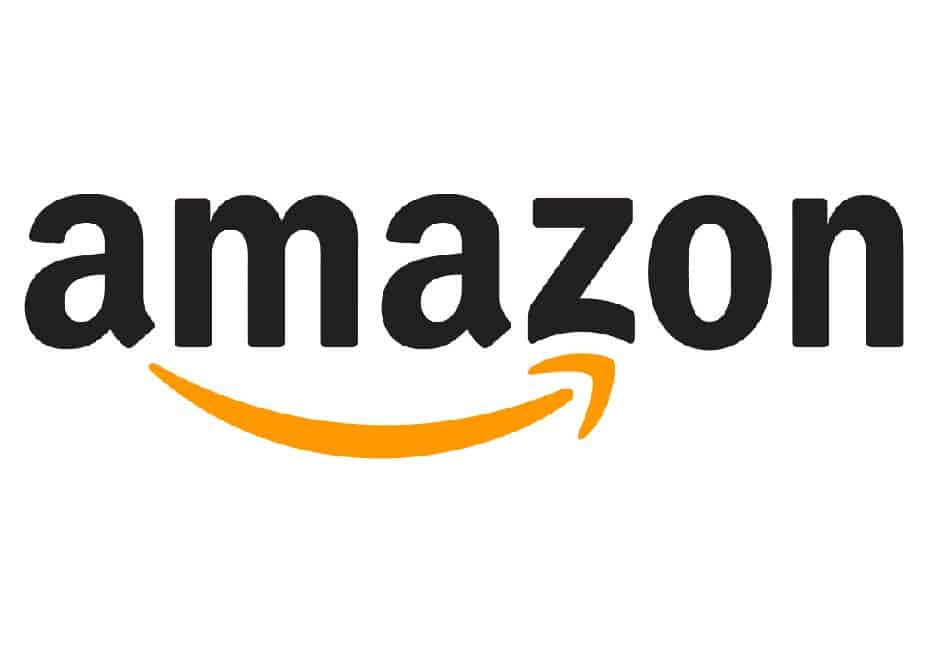
Everyone knows the Amazon® smiley-face logo. The smiley arrow stretches from the “a” to the “z” to simulate the company’s wide selection of products.
Play around with placement in your logo to get the most out of your design!



